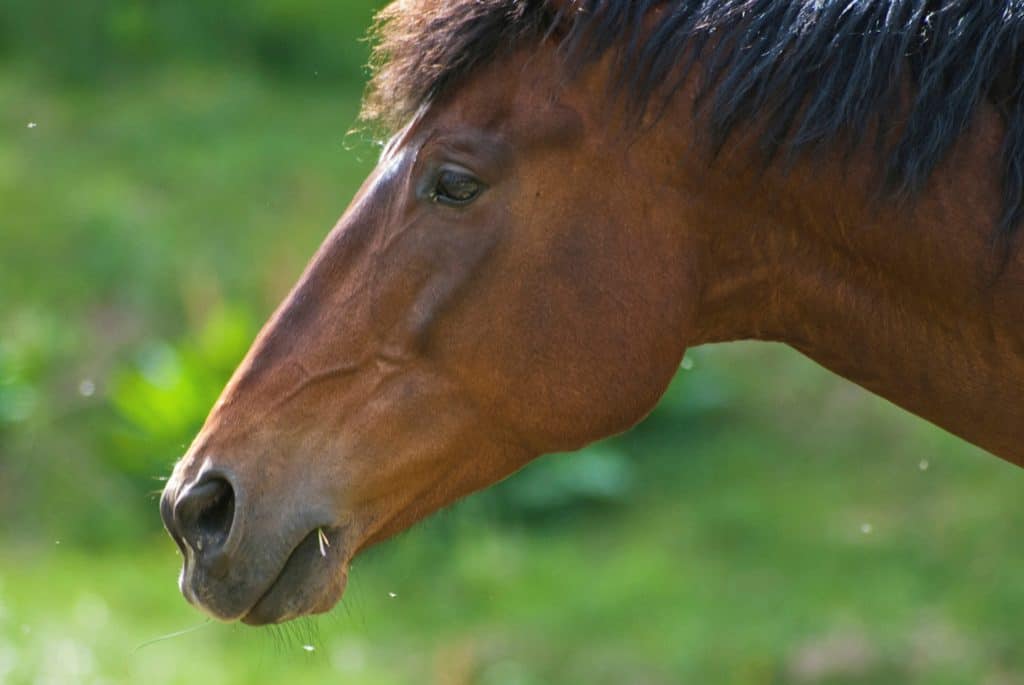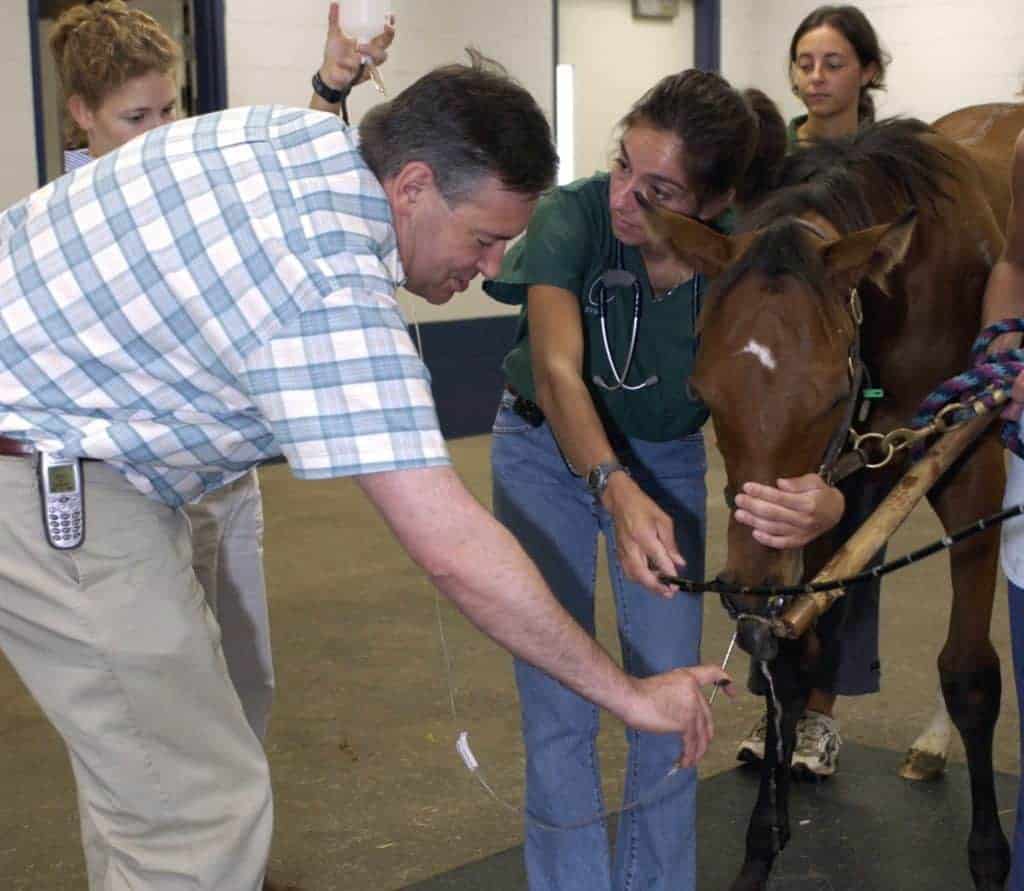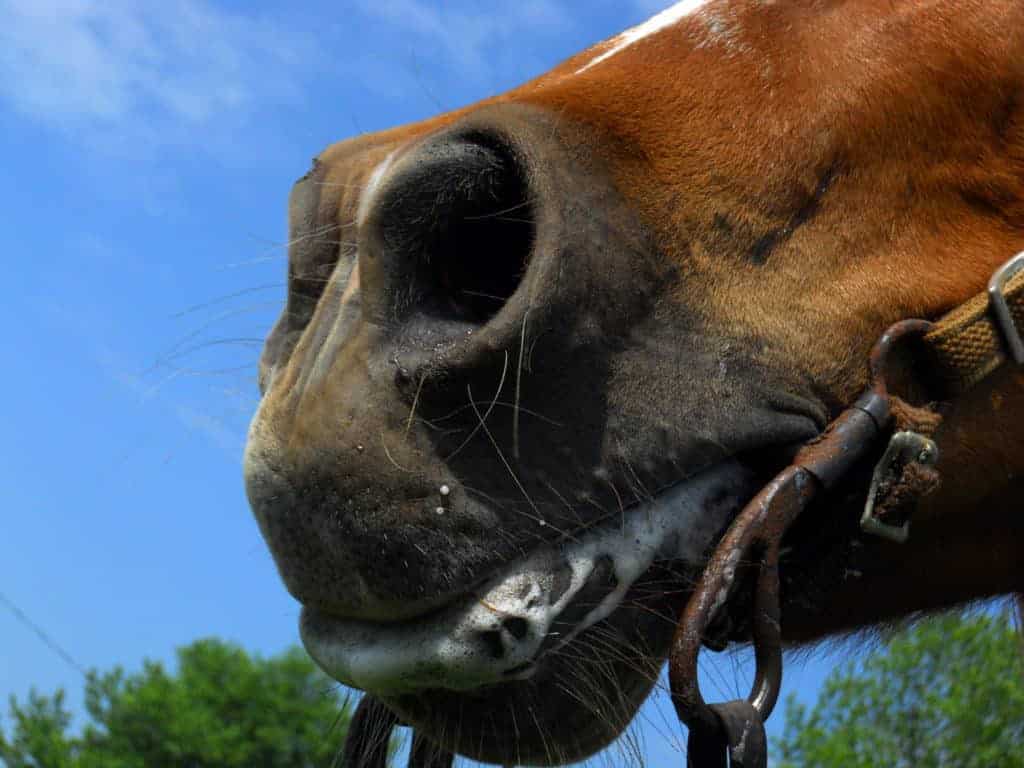
Which Horse Bedding Harbors the Least Bacteria?
Researchers found that, of the beddings tested, pine shavings were most effective at inhibiting bacterial growth.

Researchers found that, of the beddings tested, pine shavings were most effective at inhibiting bacterial growth.

Pinpointing the root cause of poor performance can be anything but simple. Could a respiratory problem be to blame?

Reducing particulates in a horse’s environment can go a long way toward ensuring his airway is as healthy as possible.

Inflammatory airway disease and recurrent airway obstruction fall under the “equine asthma syndrome” umbrella.
Research topics include musculoskeletal and respiratory issues, parasites on stud farms, early pregnancy loss, and more.

Learn how to make changes around the barn to reduce horses’ likelihood of developing respiratory disease.

Researchers found that omega-3 fatty acid supplementation can reduce signs of chronic lower airway disease in horses.

What’s the difference between heaves, COPD, RAO, and equine asthma? Dr. Laurent Couetil explains.

Scoping yearlings and significant findings in radiographs were among the major topics covered.

Carol Clark, DVM, Dipl. ACVIM, shares her picks for the top equine medicine studies of 2013.

De Negri’s research focused on infections in horses caused by S. equi and S. zooepidemicus.

Only performing bronchoalveolar lavage in a single lung could lead to missed diagnoses, one veterinarian says.

In order for a horse to reach his athletic potential, his cardiorespiratory system must function properly.

Athletic horses exposed to airborne particles could experience enough mucus buildup to limit performance.

Inflammatory airway disease is a top cause of decreased performance and affects up to 50% of equine athletes.

A rundown of respiratory diseases commonly observed in performance horses.
Stay on top of the most recent Horse Health news with
"*" indicates required fields